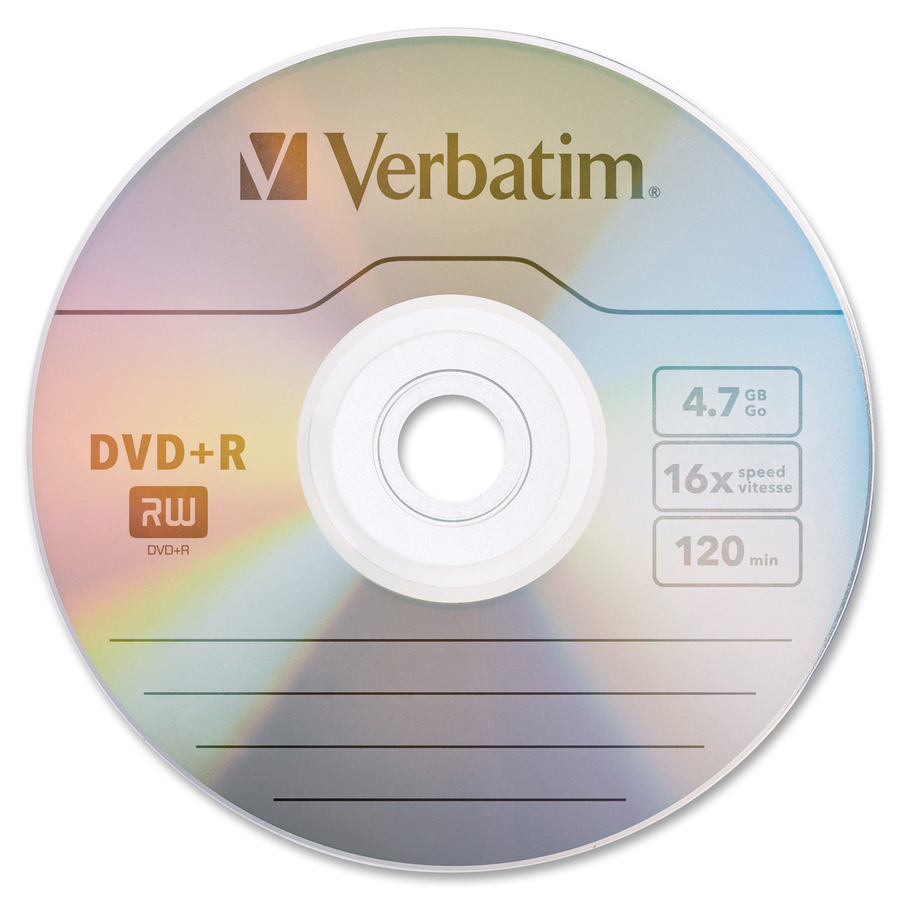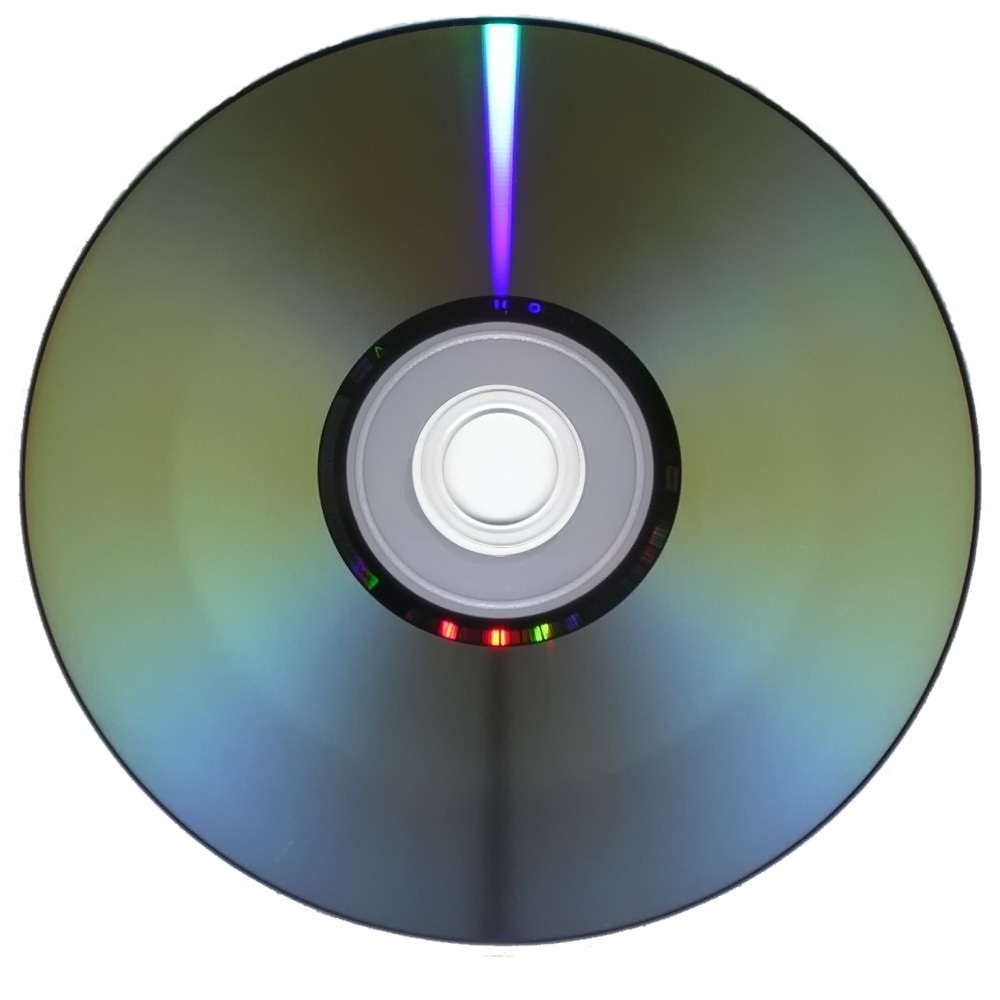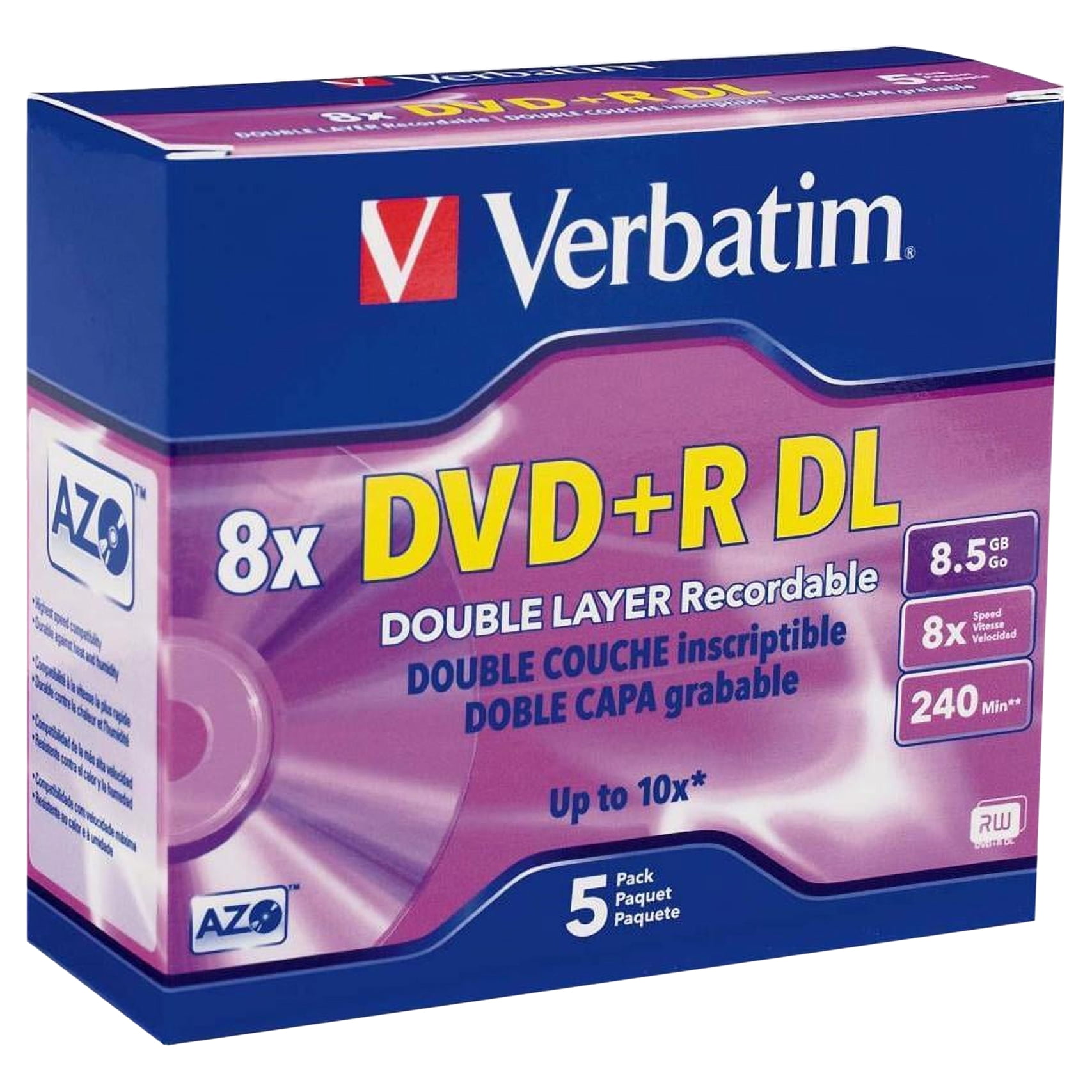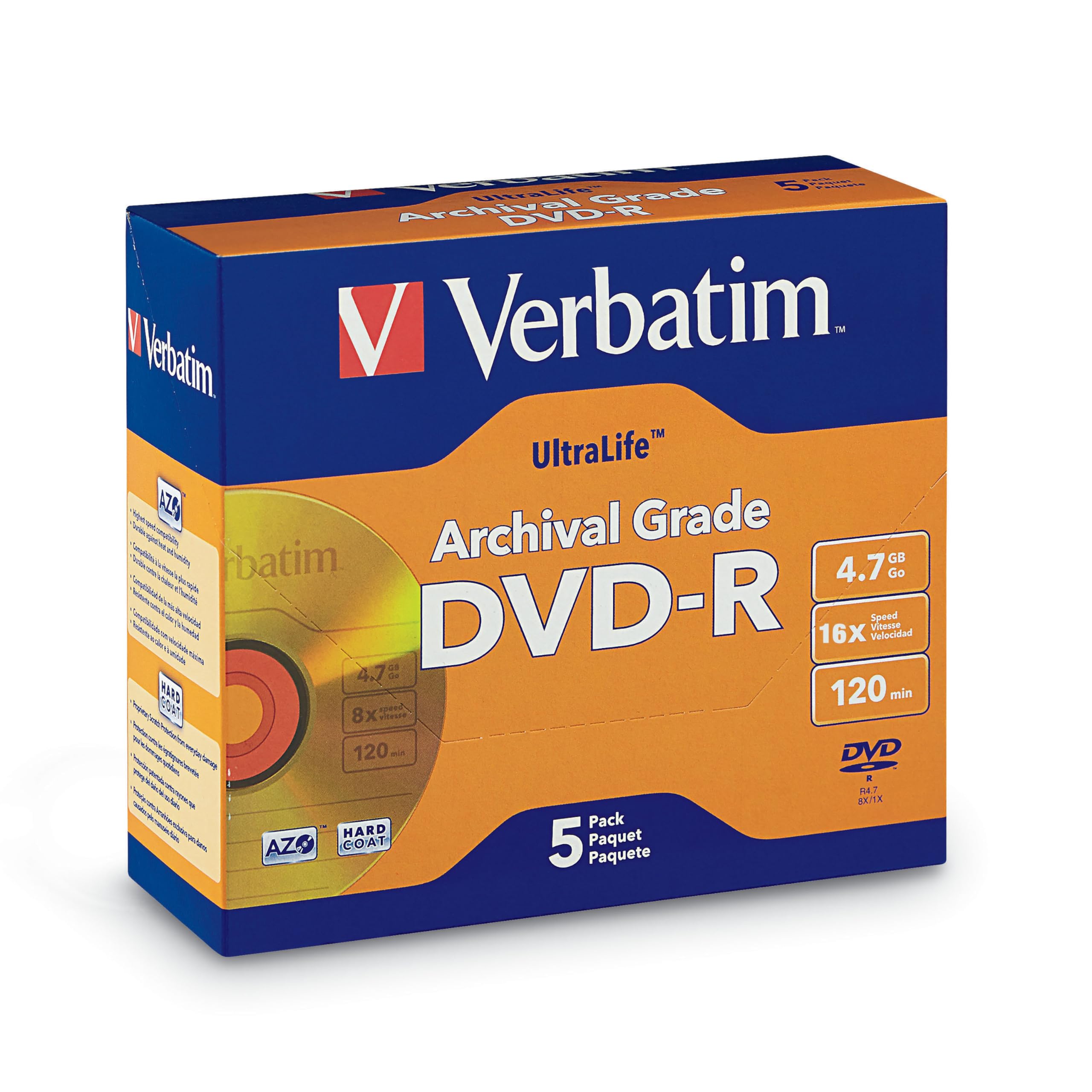Understanding the Basics of DVD Formats
What is DVD?
A Digital Versatile Disc (DVD) is a type of optical disc used to store data, including movies, software, and music. The DVD was introduced in the 1990s. It quickly replaced VHS tapes as the primary medium for video distribution owing to its higher quality and capacity. The capacity of a standard single-layer DVD is 4.7 GB, while a dual-layer DVD can hold about 8.5 GB. This makes DVDs an efficient way to store large amounts of data.
The Types of DVD Formats
There are several formats of DVDs, but the most common are DVD-R, DVD+R, DVD-RW, and DVD+RW. The “R” stands for “recordable,” while “RW” stands for “rewritable.” Each format has its characteristics. Understanding these will help you make an informed decision. DVD-R and DVD+R are used primarily for one-time recording, whereas DVD-RW and DVD+RW allow users to rewrite data multiple times.
Key Differences between DVD-R and DVD+R
Technical Specifications
DVD-R: Introduced first in 1997, DVD-R has a standard writing capacity. It uses a process called dye technology. When data is written onto the disc, a laser burns the dye layer, creating pits and lands that represent the digital information. The DVD-R format is compatible with most DVD players and drives.
DVD+R: DVD+R came along later, in 2002. This format aimed to improve upon the shortcomings of DVD-R. One notable advancement is the way it handles writing data. DVD+R discs employ a more sophisticated method, called Constant Linear Velocity (CLV). This method helps in writing data more efficiently and is known to be less prone to errors. It also allows for more reliable playback.
The compatibility of both formats is generally high, but not all players can read both types. Older players may support only DVD-R. Manufacturers often specify which format they recommend for optimal performance. Researching your device’s capabilities before buying is essential to avoid compatibility issues.
Capacity and Speed
Both formats share a similar capacity, with single-layer discs capable of storing 4.7 GB of data. However, there are differences in write speeds. On average, DVD+R discs can be written faster compared to DVD-R. This can be an important consideration if you frequently burn large files to discs.
The writing speed on a DVD is measured in “x” speeds. For example, a 16x speed implies you can write a disc in about 6-10 minutes, depending on your data’s size and the model of your burning device. This speed advantage can save you considerable time, especially if you’re working with multiple discs or large files.
Error Management
One notable difference between them is how they handle errors. The DVD+R format has an integrated error management system known as the “Lossless Linking.” This helps ensure that if an error occurs during writing, the data can be corrected. DVD-R does not offer this level of error management, making DVD+R a potentially more reliable choice in environments where data integrity is crucial.
If you’re burning important data like family videos or critical business documents, the error management feature of DVD+R can offer you peace of mind. Consider this aspect carefully, especially if you plan to use the discs for archival purposes.
Pros and Cons of DVD-R and DVD+R
Pros of DVD-R
- Compatibility: DVD-R is generally compatible with a wider array of older DVD players and drives. This can be crucial for individuals who have legacy hardware.
- Cost: DVD-R discs may be less expensive than DVD+R discs. If you’re bulk-buying for various projects, saving a bit on each disc can add up.
- Simplicity: The DVD-R format has fewer variables, which can make burning simpler for users who do not require advanced features.
Cons of DVD-R
- Error Handling: Lacking advanced error correction features can leave DVD-R more vulnerable during writing and playback.
- Slower Writing Speeds: While this may not be an issue for everyone, the slower writing speeds can lead to delays, particularly in larger projects.
Pros of DVD+R
- Faster Writing Speeds: DVD+R can often write data more quickly, making it suitable for high-volume tasks.
- Advanced Error Management: This makes DVD+R a more reliable option for storing critical data.
- Flexible Recording Options: The format allows for more variations in how data is written to the disc.
Cons of DVD+R
- Compatibility Issues: As a newer format, DVD+R may not work with some older players.
- Cost: The price might be slightly higher compared to DVD-R discs.
Understanding these pros and cons can help you decide which format is suitable for you. Each option has unique strengths and weaknesses, and knowing these can guide your purchasing decisions.
Practical Applications of DVD-R and DVD+R
Home Use
Many families use DVDs for home entertainment. Whether you are archiving family videos or making copies of your favorite movie collection, both formats serve this purpose well.
DVD-R is often favored for archiving due to its compatibility with older players. Families looking for a long-term solution may prefer this choice. On the other hand, if you’re excited about speed when burning a new family video, DVD+R can save you time.
The choice here often rests on the equipment available at home. If you have older players, DVD-R may be your better bet. If your devices support both formats, then speed and reliability may dictate your choice.
Professional Use
In other sectors, such as education or business, the differences can be significant. Many educational institutions archive lectures and materials on DVDs. They may lean towards DVD+R for its advanced error management features. This way, the chances of successful playback during important presentations or lectures are higher.
Small businesses might also find advantages in using DVD+R to store backup data. The speed and reliability can make all the difference when safeguarding sensitive information.
Conversely, cost-sensitive projects may opt for DVD-R. If a project requires multiple copies and budget constraints limit spending, saving will be a priority. Understanding the need can help businesses choose the most effective option.
Long-Term Stability and Storage
The Importance of Data Integrity
For both personal and professional use, the integrity of your data is crucial. Any error in playback can lead to a loss of valuable memories or critical business information. Thus, selecting the right format becomes vital.
Digital formats are susceptible to degradation over time, but certain factors can help extend the life of your discs. For instance, keeping DVDs in a cool, dry place can minimize deterioration. Using cases also protects against scratches, which can render a disc unreadable.
Archival Best Practices
When archiving data on DVDs, users should be mindful of the format types. DVD+R may offer better long-term reliability due to its advanced features. However, strategies like duplication and using multiple formats can provide extra layers of security.
Consider backing up vital data across different storage mediums as well. While DVDs can be excellent for temporary storage, combining them with external hard drives or cloud solutions will create a robust data management strategy.
Their Role in Today’s Digital World
Decline of Optical Media
With the rise of streaming services and digital downloads, the use of DVDs, including DVD-R and DVD+R, has diminished. Yet, some people still enjoy the tactile nature of holding a physical disc. The sense of ownership that comes from a DVD collection is often irreplaceable.
Collectors and enthusiasts still cherish creating compilations or restoring old films. For such users, having the choice between they remains relevant. Each format meets varied needs, depending on their specific requirements.
Future of Optical Storage
While cloud computing continues to rise, the importance of optical storage will not disappear. There will always be a demand for high-quality physical media for archiving purposes. As technology evolves, it’s likely that newer formats will emerge. However, understanding the strengths and weaknesses of existing formats will maintain relevance.
They, despite their age, still offer unique advantages that appeal to many users. People who value reliability, ease of use, and speed in data management will continue to appreciate these formats.
Conclusion: Making the Right Choice
The decision between DVD+R and DVD-R boils down to your specific needs. Understanding their differences, including technical specifications, compatibility, and practical applications, will help you make an informed choice.
If you often archive data, consider the error management and reliability of DVD+R. However, if budget constraints are more pressing, DVD-R may serve you well. Evaluate your current equipment, how often you’ll need to use the discs, and the kind of data you’ll store. Your choice can significantly impact your experience, highlighting the importance of making the right decision.
While optical media may decline, they still hold valuable places. They foster the ability to create lasting collections and store important data. Even in an era dominated by streaming and digital downloads, these formats offer tangible benefits that keep them relevant.





